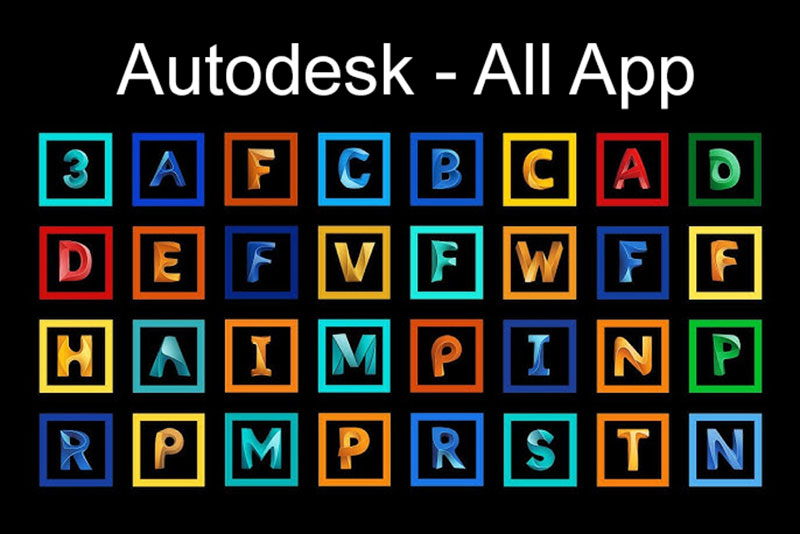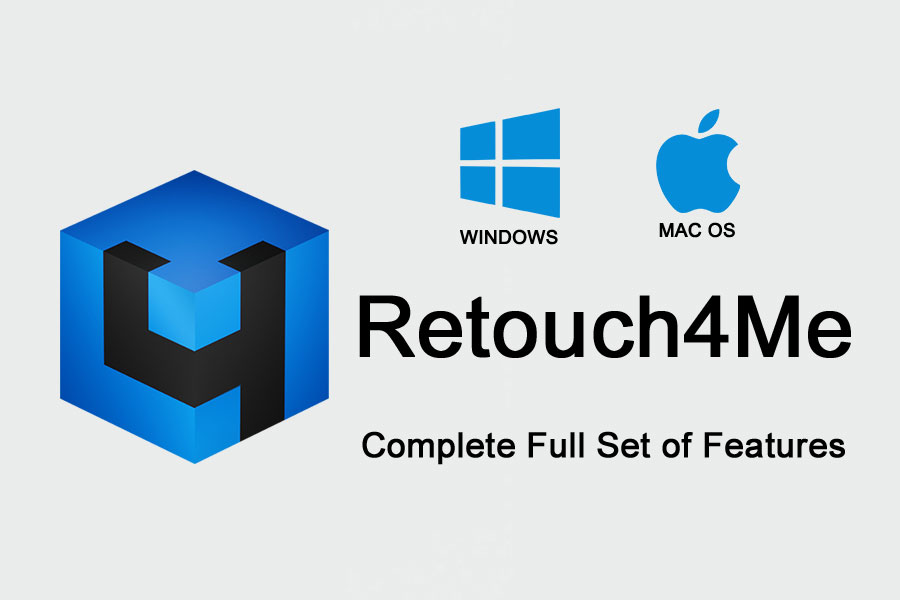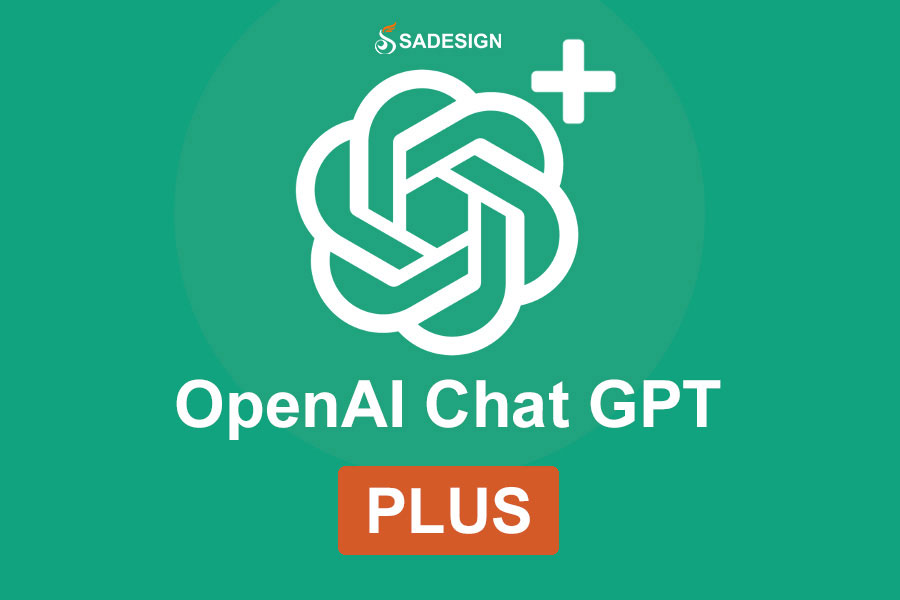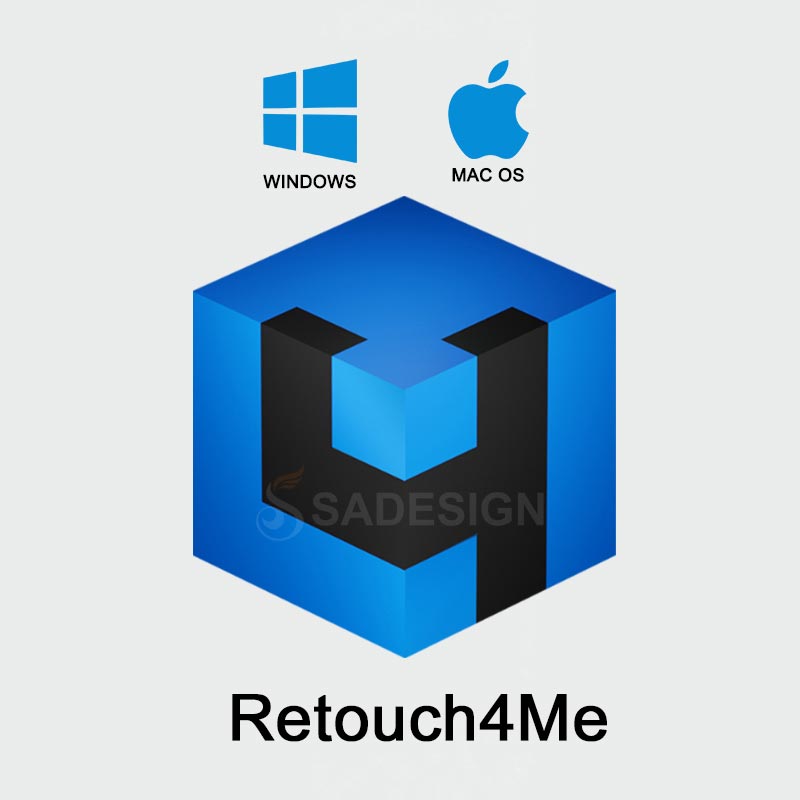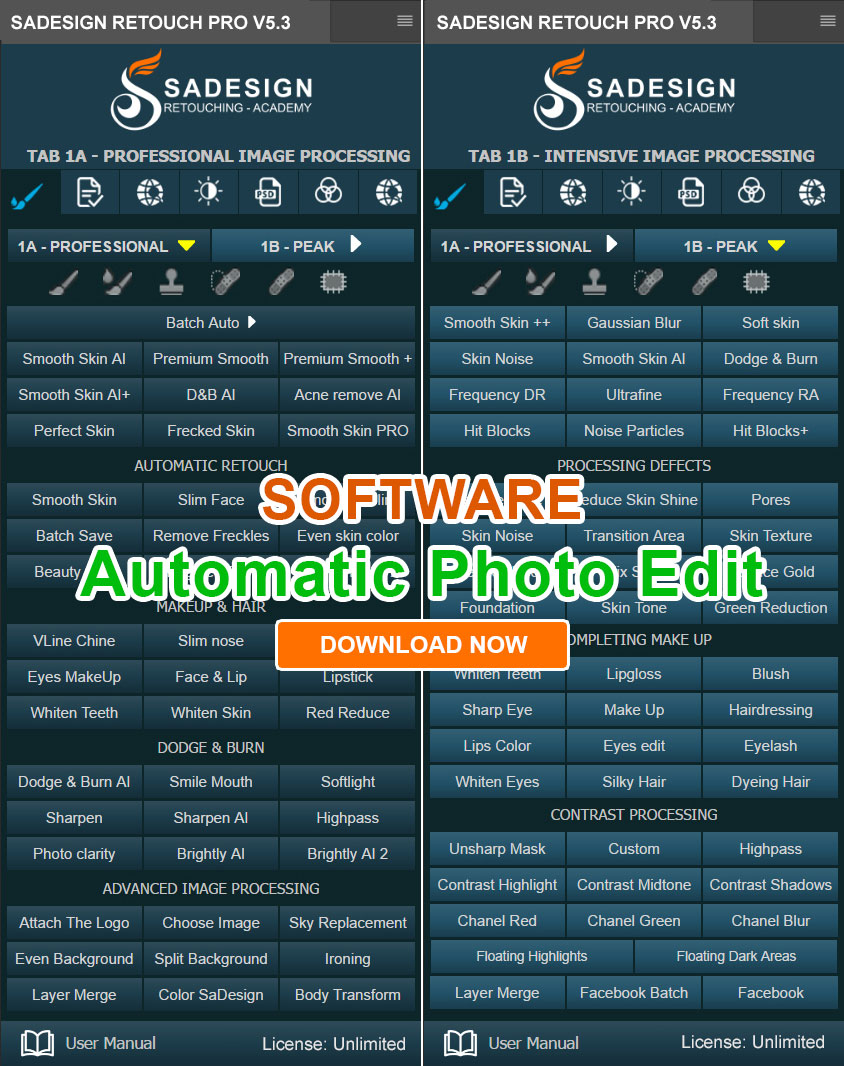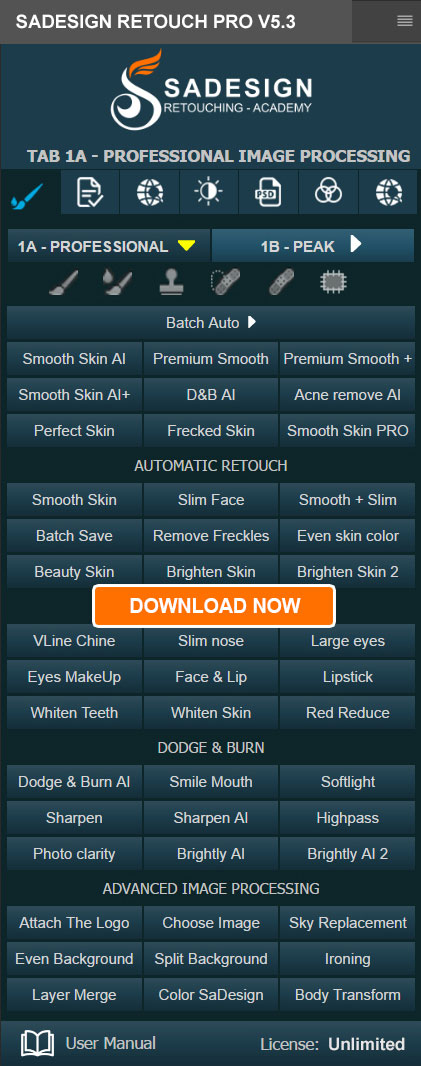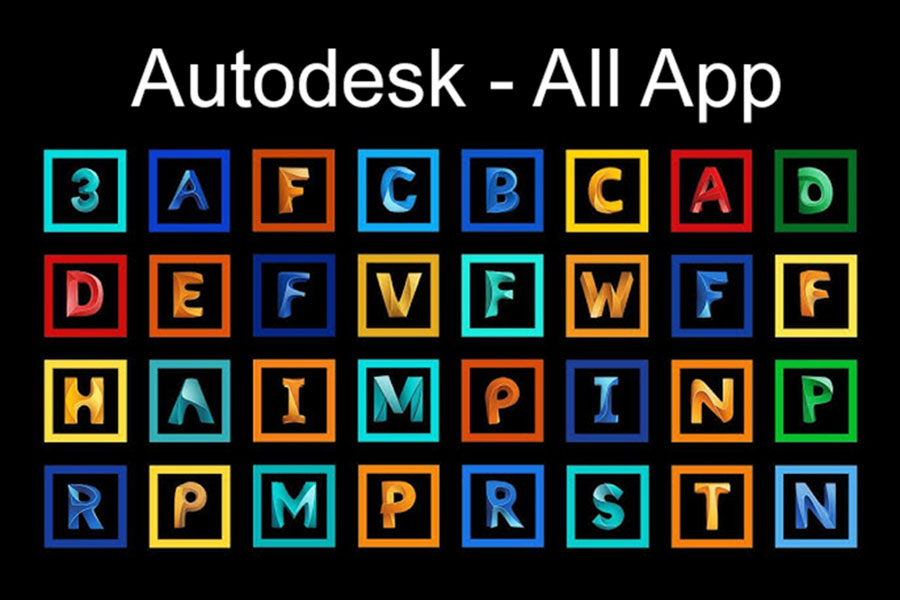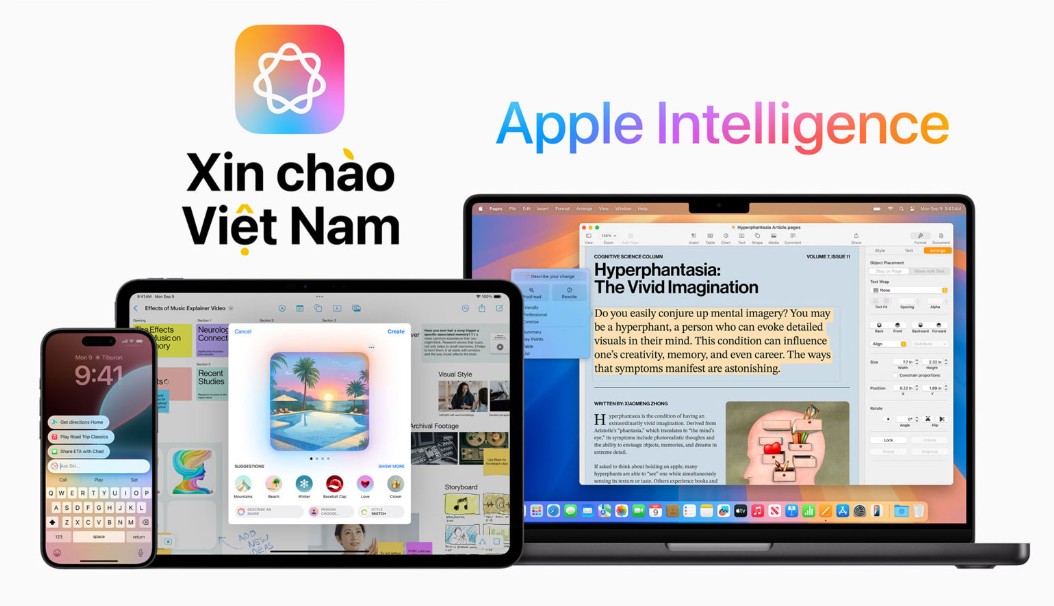Best Selling Products
Explore the outstanding potential of Perplexity Deep Research in modern research
Nội dung
Deep Research is a special feature that focuses on in-depth research tasks. Instead of just answering a brief question, Deep Research will go through many documents, reports, academic websites or scientific articles, then synthesize the information into a systematic analysis.
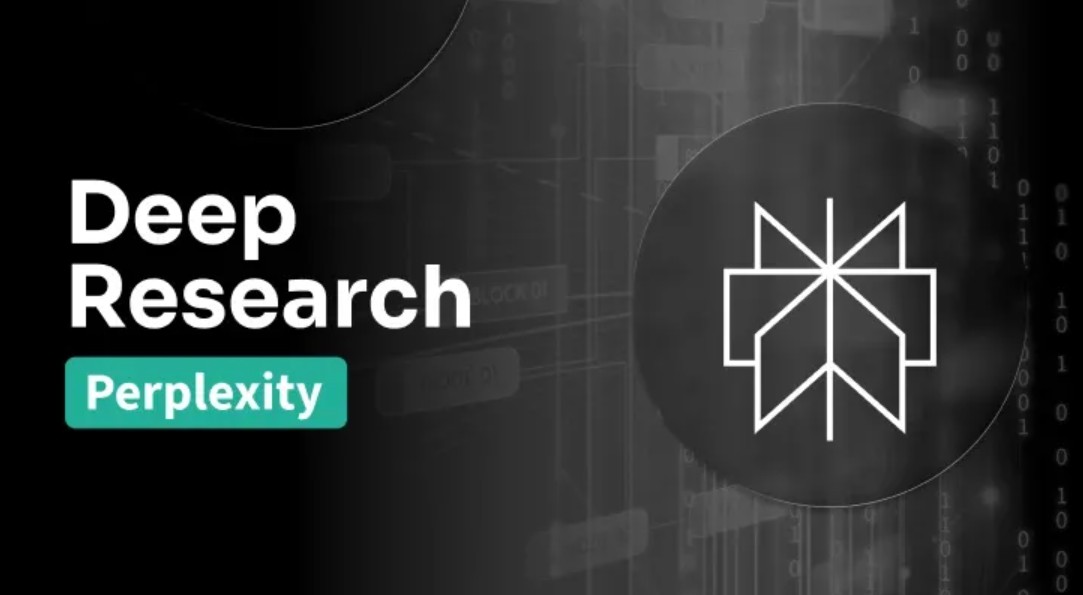
In the digital age, artificial intelligence (AI) is no longer limited to answering simple questions or generating short texts. Instead, AI has taken a big step forward in assisting people in researching, analyzing and synthesizing complex information from many different sources. One of the tools that is attracting strong attention in the research community and those working with knowledge data is Perplexity AI with its Deep Research feature . This is not just a regular AI chatbot, but also a "professional assistant" capable of searching for in-depth information, summarizing and analyzing academic content, reports, scientific research, as well as giving easy-to-understand conclusions to users.
In a world where the amount of information on the internet is ever increasing, finding reliable sources, sorting through complex data, and drawing useful insights is a time-consuming task. Perplexity AI’s Deep Research was developed to solve exactly this problem. The tool not only finds answers, but also digs deep, cites sources clearly, and synthesizes results in a scientific structure, saving users hours of research and learning.
This article will take you deeper into Deep Research on Perplexity AI , why you should use this tool for your research, and finally, some tips to help you exploit the full potential of Deep Research.
1. Overview of Deep Research on Perplexity AI
Perplexity AI is known as one of the advanced AI platforms that can search and synthesize information in real time. Unlike AI models that only rely on pre-trained data, Perplexity combines natural language processing capabilities with online search engines, allowing it to provide answers based on updated, reliable, and clearly cited information sources.
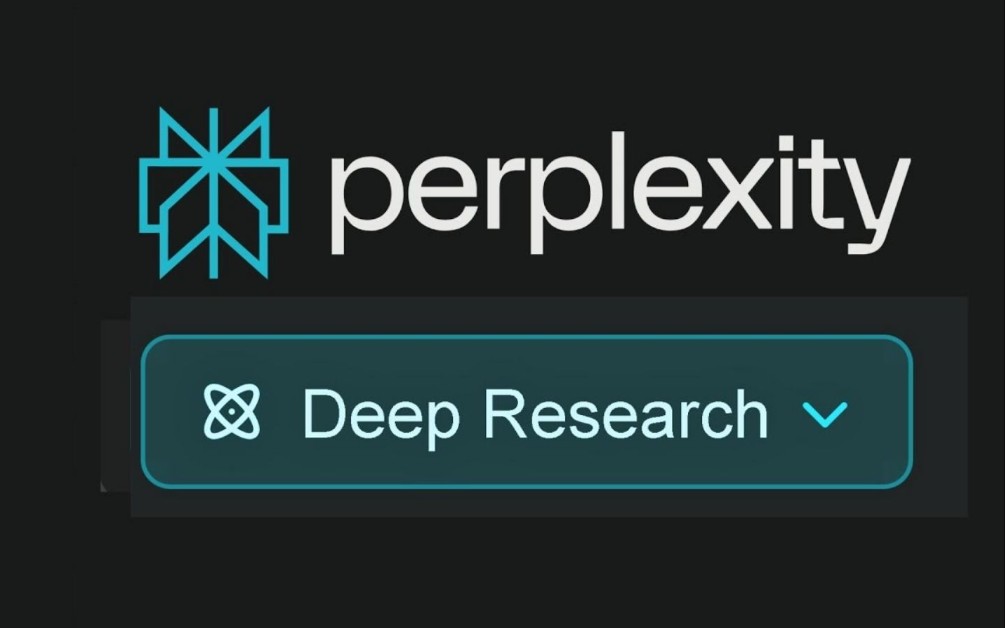
In this ecosystem, Deep Research is a special feature that focuses on in-depth research tasks. Instead of just giving a short answer, Deep Research will go through many documents, reports, academic websites or scientific articles, then synthesize the information into a systematic analysis. Users not only get the final answer, but also access to the whole picture of information, including evidence, additional data and different perspectives.
One of the key features of Deep Research is its ability to automatically break down a problem into smaller aspects, then analyze each part before putting it together into a complete result. For example, if you ask a question about “the impact of climate change on agriculture in Southeast Asia,” Deep Research will not just answer with a short paragraph. Instead, the tool will search for relevant documents on climate, weather trends, agricultural productivity, socio-economic impacts, and even government policies. It then synthesizes these elements to create a comprehensive report that is valuable for researchers, students, or decision-making organizations.
Deep Research goes beyond just its ability to synthesize, and it also scores points for its transparent sourcing. In an age of rampant fake news and misinformation, knowing where your data comes from is key to maintaining user trust. Perplexity not only provides answers, but also provides a direct link to the original source, allowing users to easily verify and read more if needed. This is a step forward that sets Deep Research apart from popular AI chatbots.
Deep Research is also highly regarded for its ability to retain context over time. Instead of just answering a single question, it can remember the flow of a conversation, connecting information from multiple exchanges and thereby providing a unified view. This is especially useful in long-term research projects where users need to continuously dig into a topic from many different aspects.

2. Why should you use Perplexity Deep Research for research?
There are many reasons why Deep Research is such a useful tool for those who regularly deal with complex information. First and foremost, speed and efficiency are important. Instead of spending hours, even days, manually searching for documents, sifting through information, and taking notes, users can let Deep Research do the heavy lifting. The tool quickly analyzes dozens of data sources, selects relevant content, and presents it in an easy-to-digest format.
The second reason is comprehensiveness and system. Many AI tools only provide short answers, sometimes general and lacking in depth. Deep Research works like a methodical researcher: it asks sub-questions, goes through many angles and synthesizes multi-dimensional results. This approach helps users avoid falling into a state of “superficial understanding”, but get a more comprehensive picture.
The next strength is transparency. One of the common limitations of many AI chatbots is that the data sources are not clear. Users may receive answers that sound convincing but have no idea where they are based. Deep Research solves this problem by attaching citations, allowing users to directly access the original source, from scientific articles, reputable journals to official reports. This not only strengthens credibility, but also helps users expand their research when they need to dig deeper.
In addition, Deep Research is also suitable for many different groups of people. Students can use it to summarize academic documents or write research topics. Journalists can exploit it to quickly synthesize data before writing articles. Businesses can use it in market research, analyze industry trends or check competitor information. For experts and scholars, Deep Research becomes a time-saving tool, helping them focus more on professional analysis instead of being caught up in manual data searching.
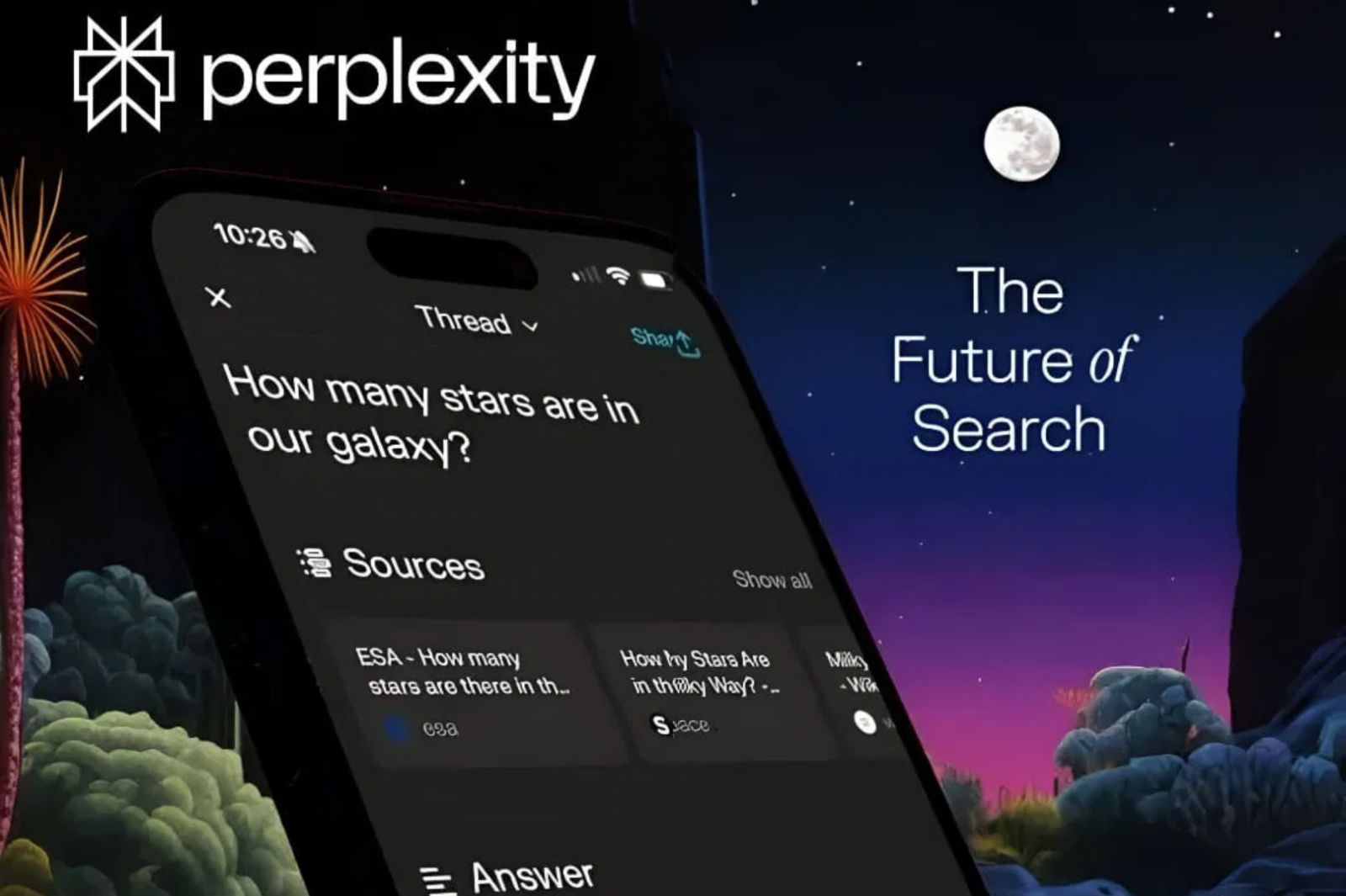
Another aspect worth mentioning is the ability to personalize. Deep Research allows users to ask specific questions, specifying detailed requirements for the length, complexity, or presentation style of the answers. As a result, different users can receive results that are tailored to their own needs for the same topic, such as academic reports, quick summaries, or in-depth analyses.
Overall, the reason to use Deep Research lies in the harmonious combination of speed, depth, transparency and wide applicability. These are the factors that make the tool's value different from most of the current AI chatbots.
3. Tips for using Deep Research effectively
While Deep Research is powerful, getting the most out of it depends on how you ask questions and use the results. Here are some tips to help you optimize your experience.
First, ask a specific and clear question. Like many AI tools, the quality of the answer depends directly on how you phrase the request. If you just type “how does climate change affect?”, you will get a general answer. But if you write “analyze the impact of climate change on rice cultivation in Vietnam in the period 2020–2030”, Deep Research will provide more detailed data, with citations and clearly divided into many angles.
Next, take advantage of the ability to drill down multiple times. Don’t just stop at the first answer. You can ask Deep Research to expand on an aspect, analyze additional examples, or compare perspectives from different sources. This creates a rich conversation, much like the actual research process.
Another tip is to check your sources. While Deep Research is transparent, not all sources will be appropriate for your research goals. For example, if you need academic data, prioritize scientific articles, government reports, or reputable journals over personal blogs. Checking your sources will also help you avoid including unverified information in your report.
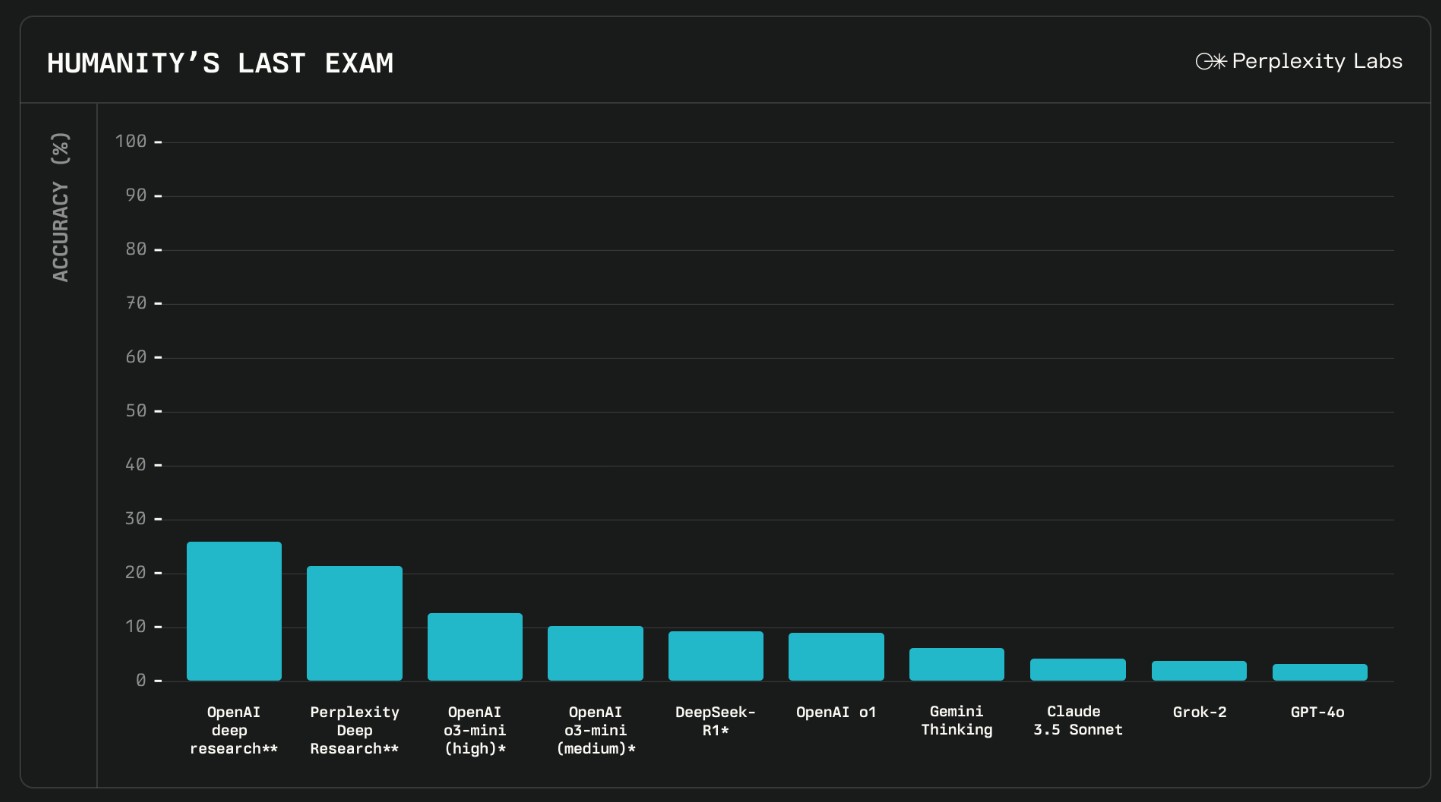
Also, combine Deep Research with other tools. Perplexity can help you synthesize quickly, but you can also use Google Scholar, ResearchGate, or digital libraries to supplement the original material. Combining multiple tools increases the accuracy and enriches the research content.
Finally, always be proactive. Deep Research is an assistant, not a replacement. You should see it as a tool that saves time and expands your access to information, but still requires critical thinking and your own analytical ability to draw conclusions. It is the combination of AI power and human intelligence that creates sustainable research value.
4. Summary
Perplexity Deep Research has truly demonstrated that AI can become a professional research assistant, not only answering questions but also providing a comprehensive, transparent and easy-to-use data system. In the context of information explosion, this tool provides a solution to save time, improve efficiency and open up new approaches to learning, research and work.
However, to fully exploit the power of Deep Research, users need to know how to ask questions, verify sources, and combine it with personal critical thinking skills. AI provides the foundation, but it is humans who determine the ultimate value of the research.
With its speed, comprehensiveness, and transparency, Deep Research on Perplexity AI is gradually becoming the top choice for students, journalists, businesses, and even academic experts. It can be said that this is an important step in turning AI from a support tool to a trusted partner in the journey of knowledge.
